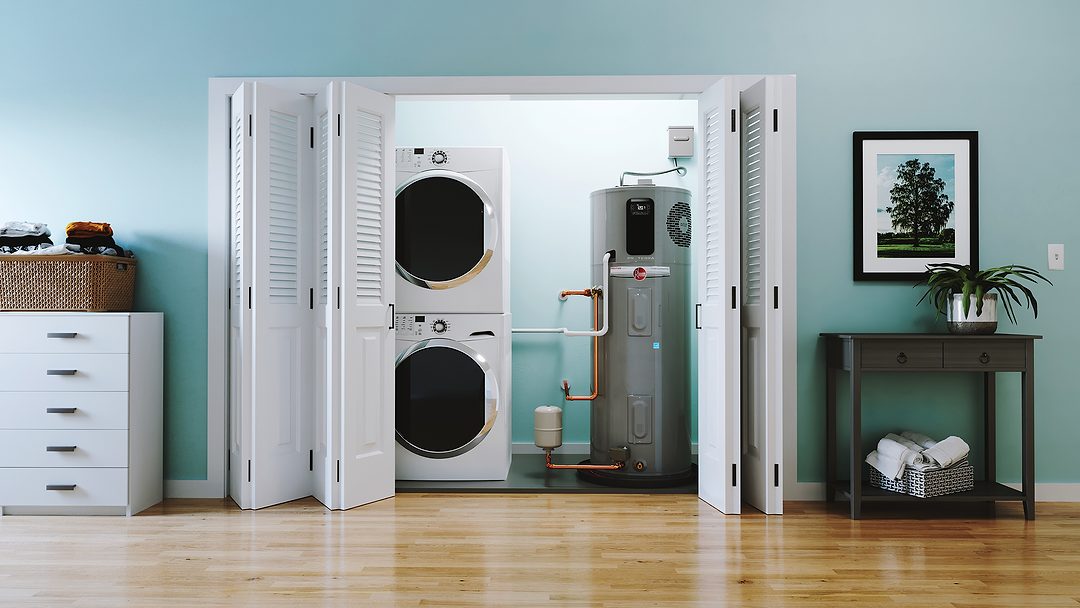Leak Detection: The Latest Line of Defense Against Water Damage
Burst pipes are always possible, but most damaging leaks start as small microfractures and grow with time.

Water is an incredibly powerful element. In the right circumstances and when under control, water is a docile, essential ingredient to life on earth, as well as our individual health and wellbeing.
However, it’s when water is left to its own devices or escapes our control that it becomes the force that carves canyons by river and sweeps away structures by flood.
In our industry, it’s leaks that have the potential to be the stuff of nightmares.
Although catastrophes such as burst pipes are always possible, most leaks start as small microfractures and grow with time.
Depending on the location, even a miniscule trickle can lead to alarming consequences, and that is especially true in multilevel buildings with water appliances to support more than one unit.
Gravity pulls the water towards the ground, which pulls it into every nook and cranny along the way. Sheetrock, cabinets, flooring and carpeting absorb the leak, damaging property and potentially concealing the leak from the untrained eye. The damage usually becomes more difficult and expensive to rectify as the leak’s volume increases over time, which is why they are critical to catch as early as possible.
Early stages
Leak detection technology helps homeowners, businesses and building operators catch leaks in their early stages, usually as those microfractures and before the issue can be recognized by the naked eye. This technology is far more reliable and robust than ever before, especially as the industry has shifted away from spot detection mechanisms (i.e., at the base of a water heater or the door of a washing machine) to more comprehensive, whole unit detection systems that monitor many of the high-capacity water appliances (i.e., dishwashers, water heaters, and washing machines) with the greatest potential for damage.
Many of today’s products with leak detection technology will intervene without any input from the homeowner, building operator or tenant and automatically shut off the water source mitigating a potential disaster. Rheem and others in the industry have refined these systems to strike a delicate balance that allows for factors such as condensation during proper use with the aggressive intervention needed to give homeowners, tenants and building managers peace of mind.
This technology’s ability to mitigate damage is why it is also a growing area of focus for those outside of the plumbing industry, such as insurance companies, commercial real estate investors and building managers.
No. 1 source
Water damage claims account for almost one-in-four homeowners property insurance claims, according to the Insurance Information Institute. Meanwhile, Chubb Insurance cites water losses unrelated to the weather as its No. 1 source of property damage. And according to Citizen, an insurer in Florida, “52 cents of every premium dollar [it] collected in 2019 noncoastal homeowners’ policies [was] used to pay claims for nonweather water losses.” The company also noted that water damage claims are the most likely to be litigated, which further illustrates why the broader industry is willing to invest in mitigation incentives.
Similar to safe-driving monitors installed in a car, some insurance companies are now granting policy discounts to homeowners that invest in products with built-in leak detection.
Likewise, commercial building operators are shifting to prioritize installation of products with leak detection to prevent leaks on higher floors from impacting the floors below. Leak detection technology offers building managers and investors another line of defense to protect their property, while also minimizing the chances of unexpected repair and resident relocation costs.
Although this new emphasis beyond our industry is exciting and marks a potential sales opportunity for plumbers, especially for those in the commercial space, it marks just the beginning of a continued evolution for leak detection technology that depends on more products being introduced to the market.
An increased adoption means more tried-and-tested use in the field and a more representative sample of feedback from customers, which allows manufacturers like Rheem to continue to adapt and innovate to meet the market’s constantly evolving needs. For example, LeakSense by Rheem can detect any leak within the unit in as little as 15 seconds, and we are always aiming to increase the functionality and protection features offered by our products.
As the latest step in our industry’s mission to safely harness the incredible power of water for everyday use, the mitigation benefits and peace of mind offered by leak detection technology should be a key consideration in any water appliance purchasing decisions. As industry professionals we hope for the best and that leak detection features are never called into action, but it’s also our responsibility to help plan for the worst and champion technologies that protect our customers.
Christopher Freeman is a product manager for controls and IoT at Rheem Manufacturing and helps define the controls, connectivity and mobile device strategy for the company’s water heater division.




